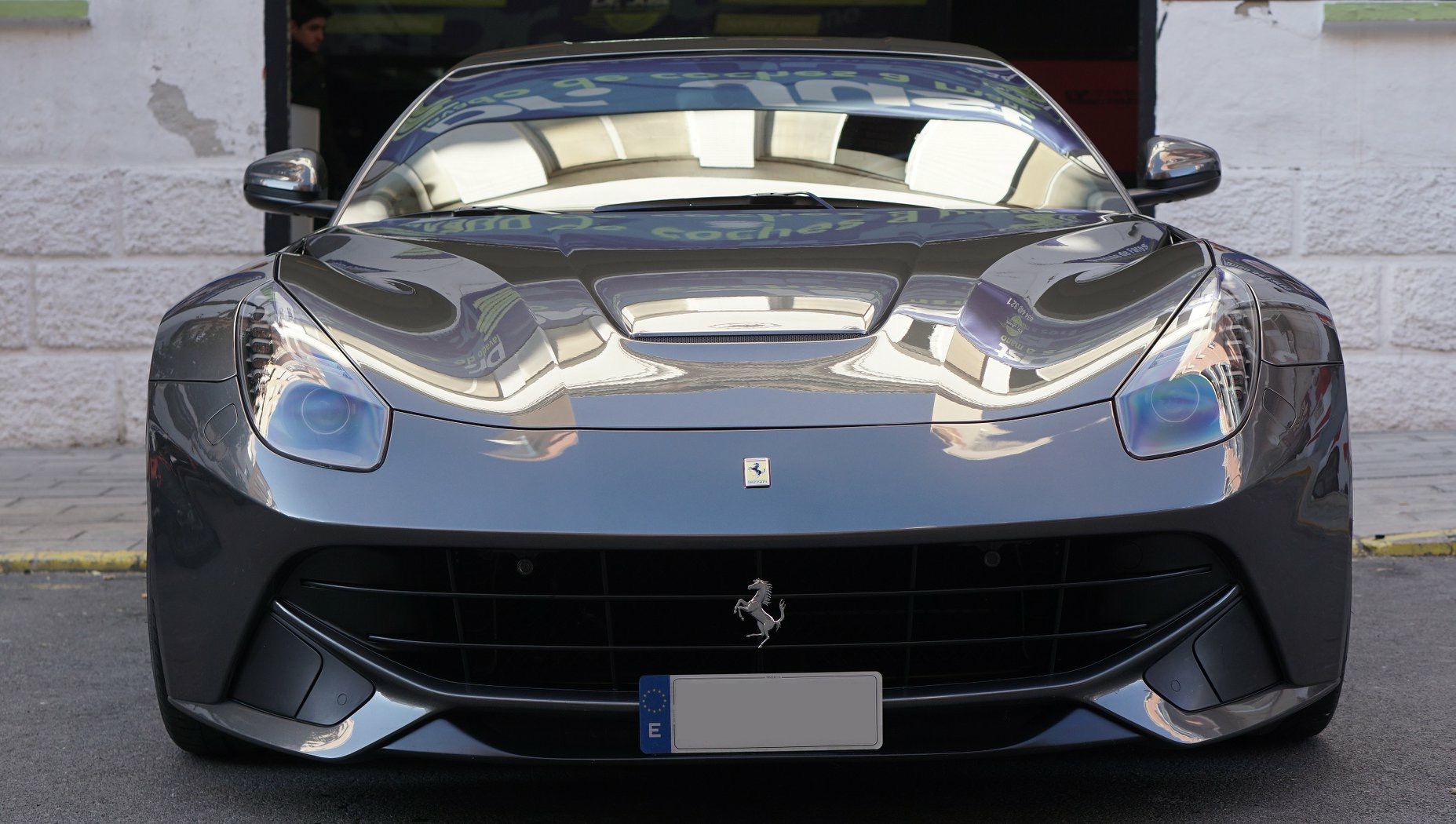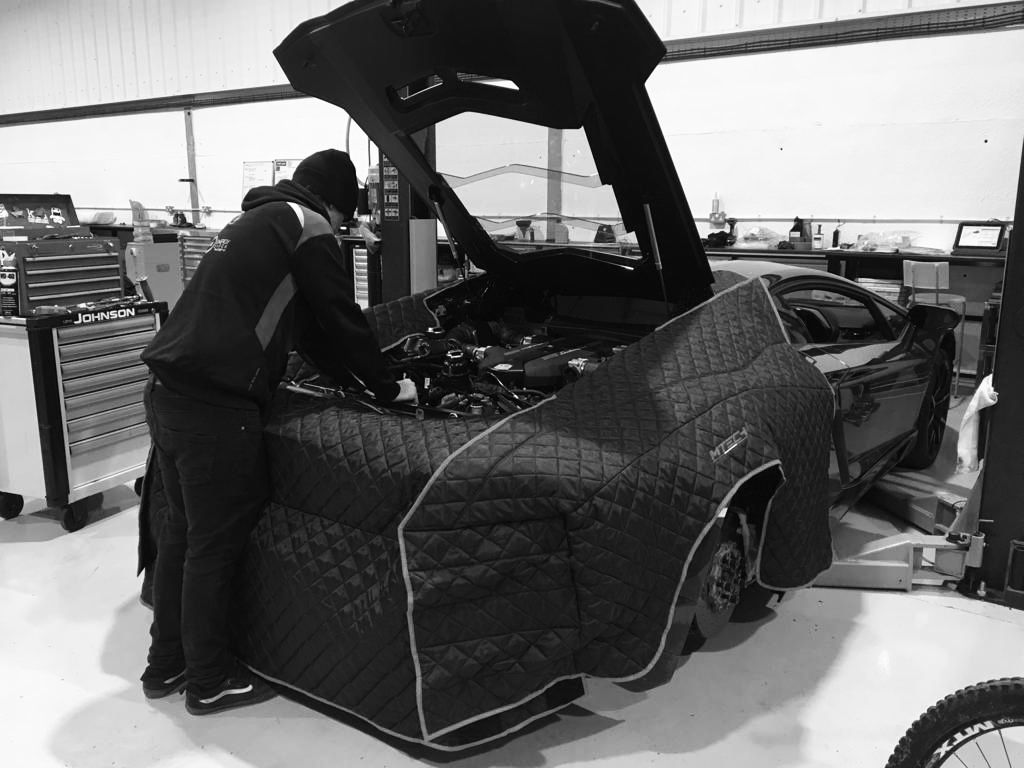
CALL: 07842 243536
Lamborghini: Italian Supercar Repair Specialist.
"Sluggish Shifting of E-gear System".
Caused by: Hydraulic actuator internal leaks.
The hydraulic actuator may be failing. Gallardo e-gear, may not have a traditional shift-lever, but it does have a conventional gearbox. A device called the hydraulic actuator does the gear shifting when the paddles at the steering wheel are pulled back.
The hydraulic actuator may fail by developing an internal leak, sometimes not long after the warranty has run out.

We can talk over a basic brief on the phone should you be looking for more than an annual service.
For annual or major service please contact us for availability.
Contact Us

Lamborghini E-Gear Clutch Replacement:
The Gallardo was one of the first models to have this type of sequential system, released in 2003. Since then, Lamborghini has made vast improvements providing better reliability on their newer models.
However, all clutches must be replaced, and it's known for the older models to need a replacement after only 10-15k miles especially if driven hard.
Lamborghini has Lack of Power:
If an owner experiences a lack of power, a stalling/hesitation when starting or driving; there could be a number of issues to investigate. This is a more common issue with the Gallardo LP560-4, and it's usually identified by excessive oil consumption - a time to have the vehicle checked over.
Problems with the catalytic convertor maybe the issue, a faulty air-flow sensor, or an electrical connector issue can be at fault. If left unchecked a complete engine overhaul, or replacement could be required as the longer it's left unmaintained the more severe it becomes.
It's noted that these type of engine issues are rare but something an owner should be aware of.
Fuel Injection System Maintenance:
To help prevent the above, it's a good idea to clean the fuel injection system. It you notice a rough idle, this is something to investigate and clean right away.
Faulty Rubber Air-intake Boot:
Same issue as above; lack of power and rough idle maybe due to the wear of these intakes that are made of rubber, and flex. They expand under extreme heat and constrict when cooling down.
If the vehicle appears to lean when maneuvering a high-speed corner - this is when you should consider investigating the issue at the garage.
Engine Oil & Brake Fluid Change:
More importantly with the older vehicles such as the Lamborghini Diablo SV is to change the fluids, usually every 7-10k miles.
By performing this less expensive maintenance measure regularly you are extending the overall life cycle of these parts for which these fluids are used for.
Butterfly Doors:
Almost all older model Lamborghini's will be a little prone to wear on these doors depending on usage. Misaligned doors require adjustments to help prevent faulty catches and door opening/closing mechanisms.
Old and soft latches require replacement and ideally an upgrade to better than manufacturer grade.
Failing Front-lift Nose System:
The return hose front-nose lift system is run through the power steering Dexron. If this return hose leaks, then the car is pretty much undrivable.
It's a good idea to flush the fluid regularly to prevent an expensive malfunction and repair.
Cooling Line Fracture:
On older, less modern Lamborghini's it's known for the cooling line hose to fail. On the latest models this issue has been addressed by Lamborghini mechanics. However, if this occurs to the vehicle coolant can be found in the passenger footwell behind the door. The vehicle may produce a lot of extra smoke too.
Something to be aware of and check.
Valve Timing Replacement:
Engine Valve Timing is a common problem in the Lamborghini Murciélago. If there are malfunctions with these parts it can be identified by the engine not turning over, or a misfire when driving.
Ticking noises can also be heard coming from the engine, and an oil leak might be found on the floor under the motor. This can become very expensive to repair should the vehicle not be investigated quickly due to a knock-on effort with other engine parts.